A 5-party thought experiment
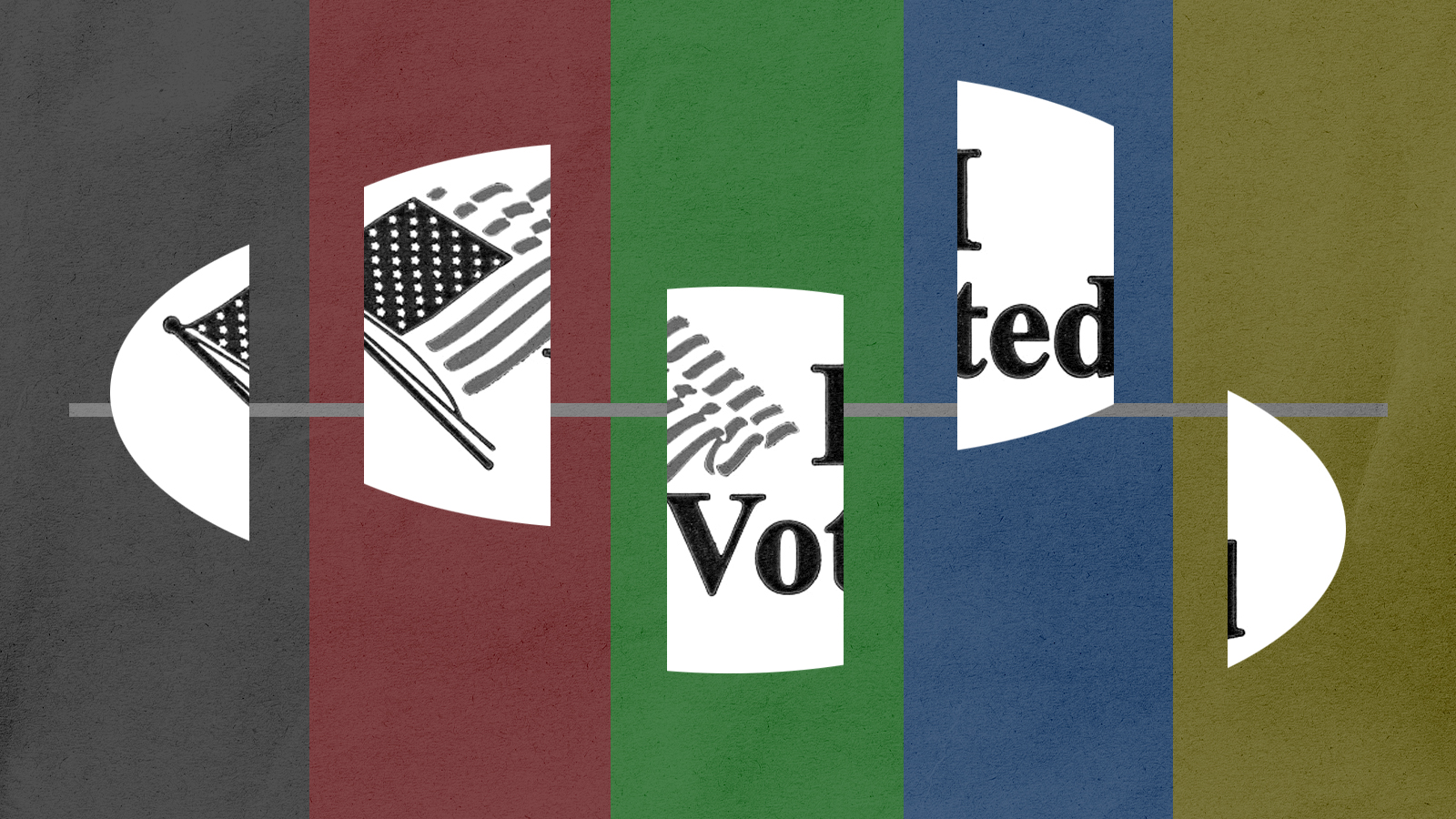

Electoral systems matter. But how much?
That question comes to mind in reviewing the fascinating results of a new poll by Echelon Insights that examines the American electorate in the wake of the 2020 election. It hits with special force in the poll's experiment with gauging support for a larger number of parties. (See question 18 here.)
The pollsters offered respondents five parties to choose from:
The Week
Escape your echo chamber. Get the facts behind the news, plus analysis from multiple perspectives.

Sign up for The Week's Free Newsletters
From our morning news briefing to a weekly Good News Newsletter, get the best of The Week delivered directly to your inbox.
From our morning news briefing to a weekly Good News Newsletter, get the best of The Week delivered directly to your inbox.
- An economically liberal labor party, which was chosen by 26 percent
- A nationalist "America First" party, which was chosen by 24 percent
- A Reaganite conservative party, which was chosen by 19 percent
- A socially and economically libertarian party, which was chosen by 10 percent
- A more radically left-leaning green party, which was chosen by 9 percent
(A total of 12 percent were unsure where to place themselves in any of the parties.)
On one level, it's easy to see how this could indicate that electoral systems matter very little. The current GOP is a combination of the nationalist and Reaganite parties with 43 percent, while the Democrats are a combination of the other three with 45 percent. If we imagine those parties gravitating to one another in governing coalitions under a proportional system of government, very little would change from the status quo — though divvying up Cabinet positions among the parties in the respective coalitions could certainly lead to ... interesting results. (Imagine Health and Human Services led by a member of the conservative party, or the Labor Department headed up by a member of the green party.)
But who's to say those partisan configurations would cohere as they do today? In the rank ordering revealed by the poll, the parties to earn the most "votes" were the Biden-like labor party and the Trumpian nationalist party. Is it conceivable that such a combination could form a governing coalition, leaving out the Reaganite conservatives, the consistent libertarians, and the environmentally focused leftists? If not, might either labor or the nationalists be able to work together with two or more of the other parties in an ideological and policy blend unthinkable in our current two-party, first-past-the-post electoral system?
We'll probably never get a chance to test it in the real world. But running that thought experiment in our heads sure can be fruitful and fun.
A free daily email with the biggest news stories of the day – and the best features from TheWeek.com
Damon Linker is a senior correspondent at TheWeek.com. He is also a former contributing editor at The New Republic and the author of The Theocons and The Religious Test.
-
 11 extra-special holiday gifts for everyone on your list
11 extra-special holiday gifts for everyone on your listThe Week Recommends Jingle their bells with the right present
-
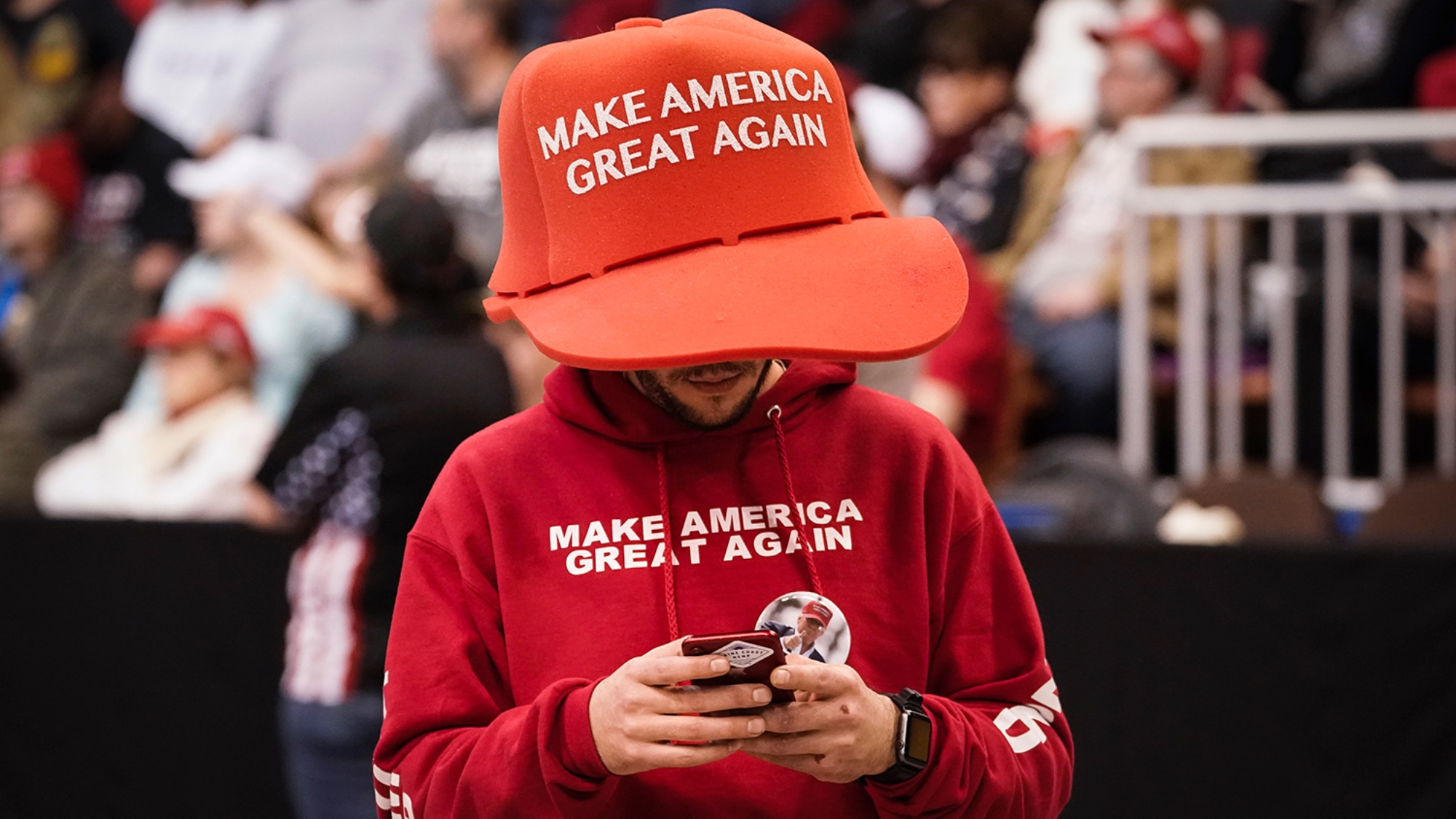 ‘Furious Minds: The Making of the MAGA New Right’ by Laura K. Field and ‘The Dream Factory: London’s First Playhouse and the Making of William Shakespeare’ by Daniel Swift
‘Furious Minds: The Making of the MAGA New Right’ by Laura K. Field and ‘The Dream Factory: London’s First Playhouse and the Making of William Shakespeare’ by Daniel SwiftFeature An insider’s POV on the GOP and the untold story of Shakespeare’s first theater
-
 How to shop smarter with a grocery budget
How to shop smarter with a grocery budgetThe Explainer No more pushing your cart down the aisles on autopilot
-
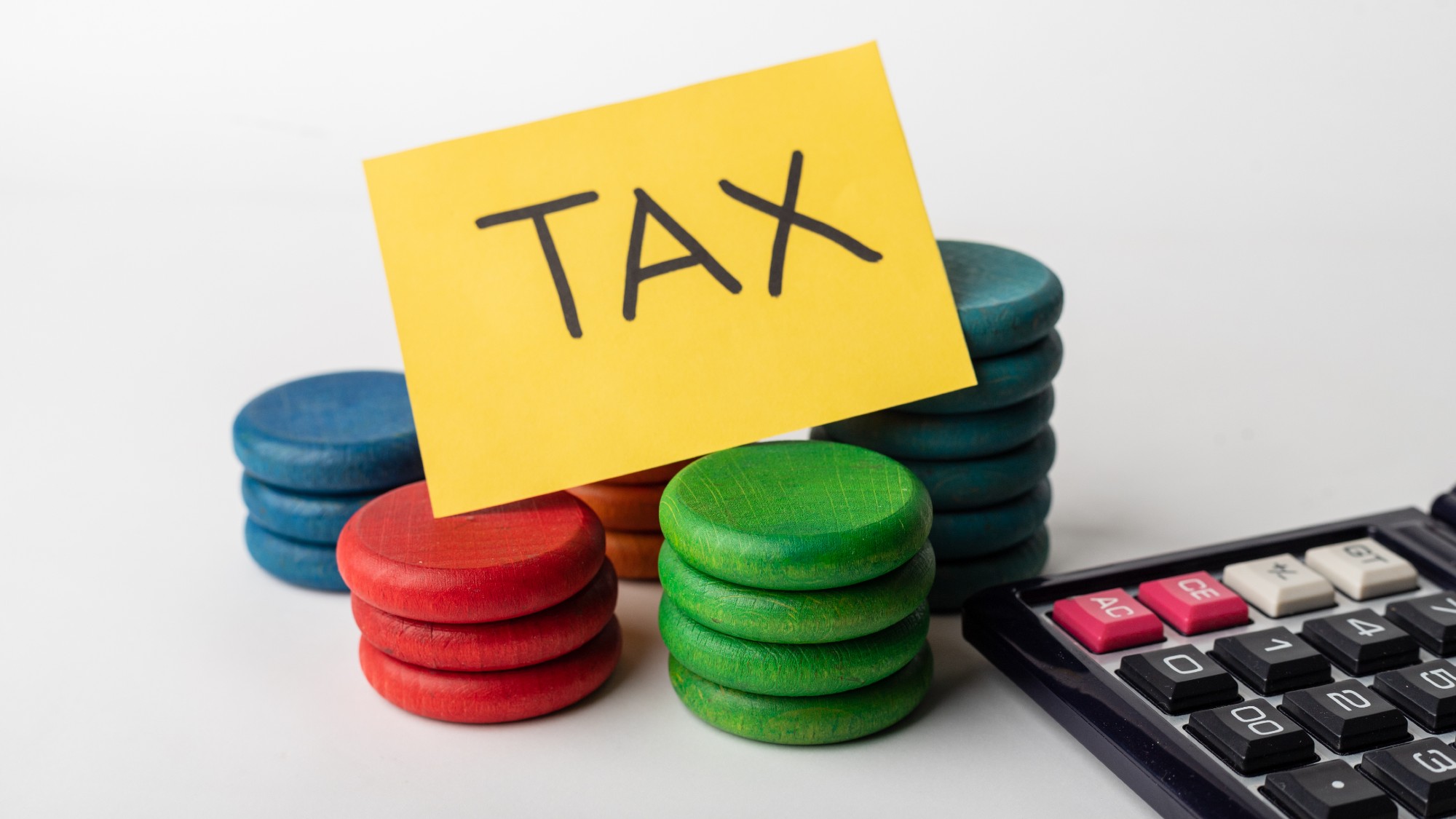 Will California tax its billionaires?
Will California tax its billionaires?Talking Points A proposed one-time levy would shore up education and Medicaid
-
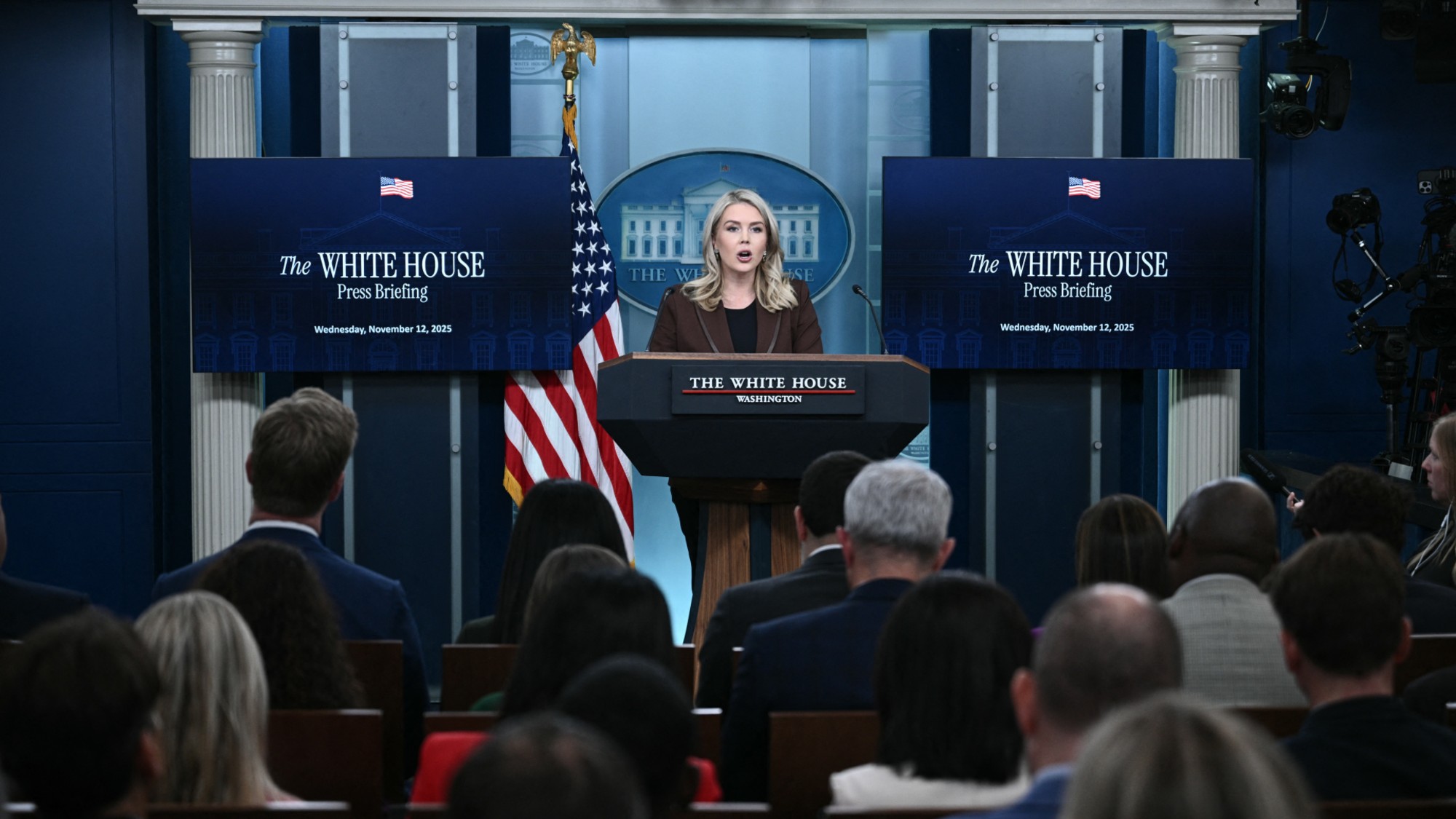 A free speech debate is raging over sign language at the White House
A free speech debate is raging over sign language at the White HouseTalking Points The administration has been accused of excluding deaf Americans from press briefings
-
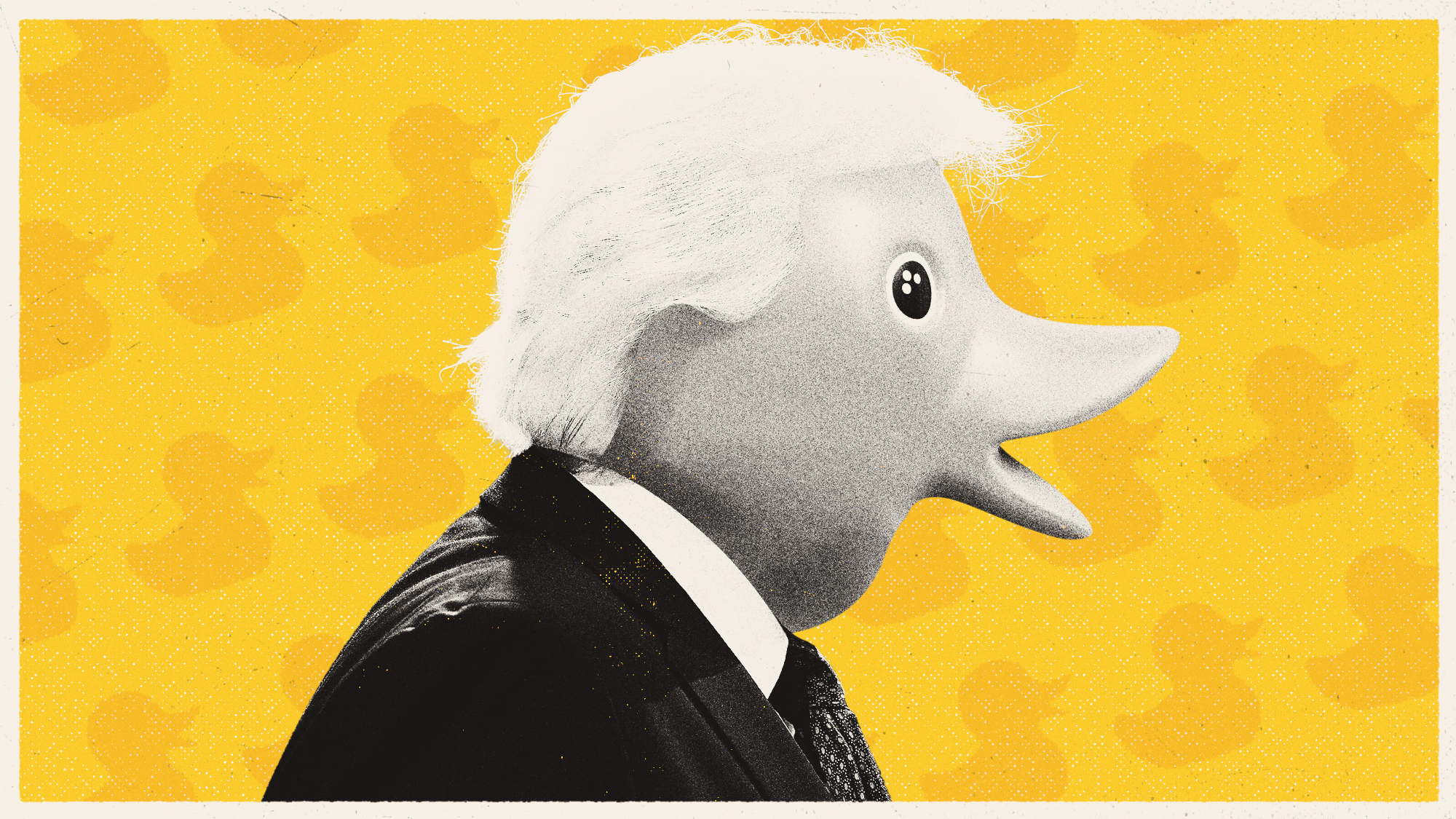 Is Trump a lame duck president?
Is Trump a lame duck president?Talking Points Republicans are considering a post-Trump future
-
 Has Zohran Mamdani shown the Democrats how to win again?
Has Zohran Mamdani shown the Democrats how to win again?Today’s Big Question New York City mayoral election touted as victory for left-wing populists but moderate centrist wins elsewhere present more complex path for Democratic Party
-
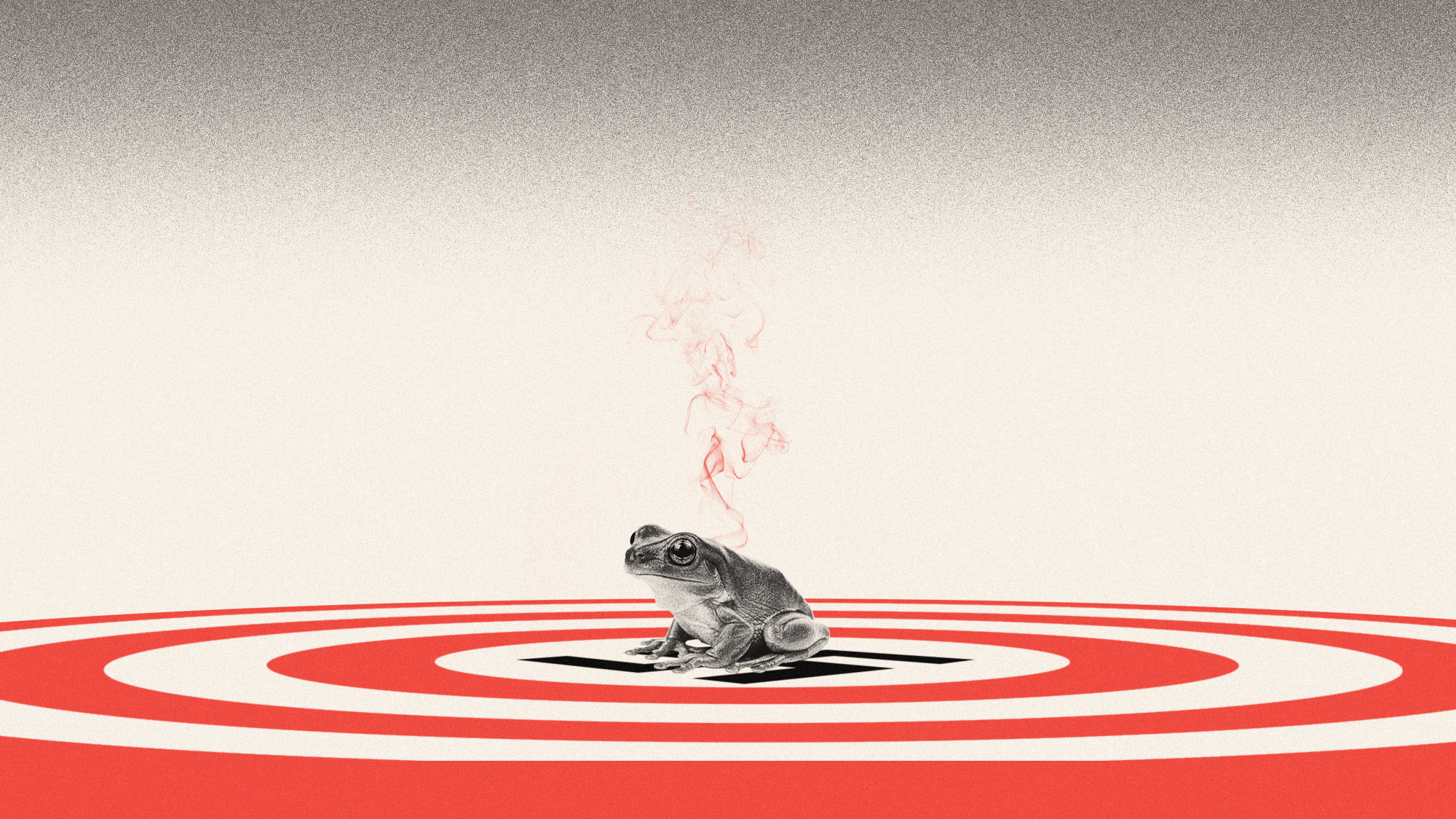 Nick Fuentes’ Groyper antisemitism is splitting the right
Nick Fuentes’ Groyper antisemitism is splitting the rightTalking Points Interview with Tucker Carlson draws conservative backlash
-
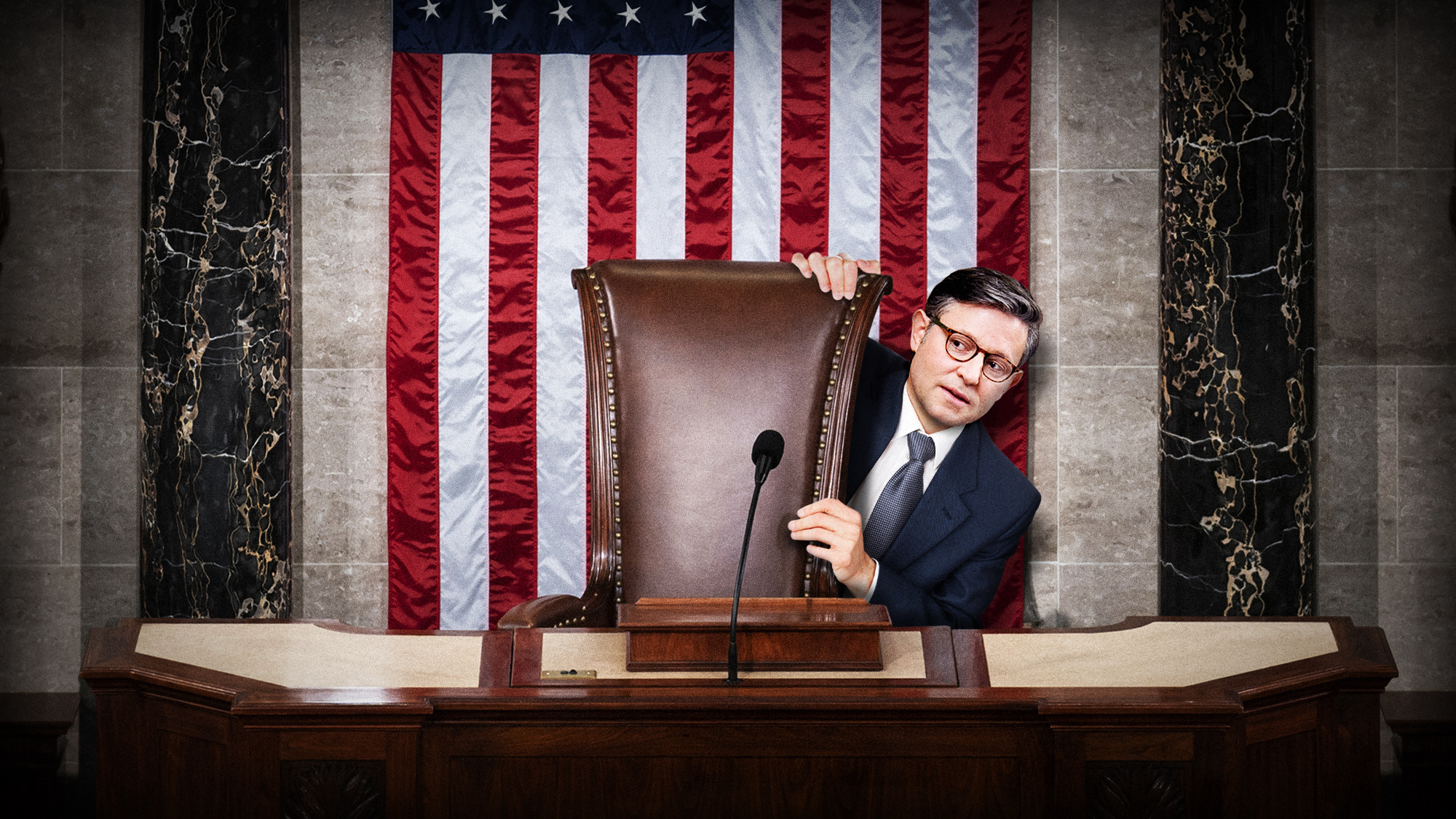 Is Mike Johnson rendering the House ‘irrelevant’?
Is Mike Johnson rendering the House ‘irrelevant’?Talking Points Speaker has put the House on indefinite hiatus
-
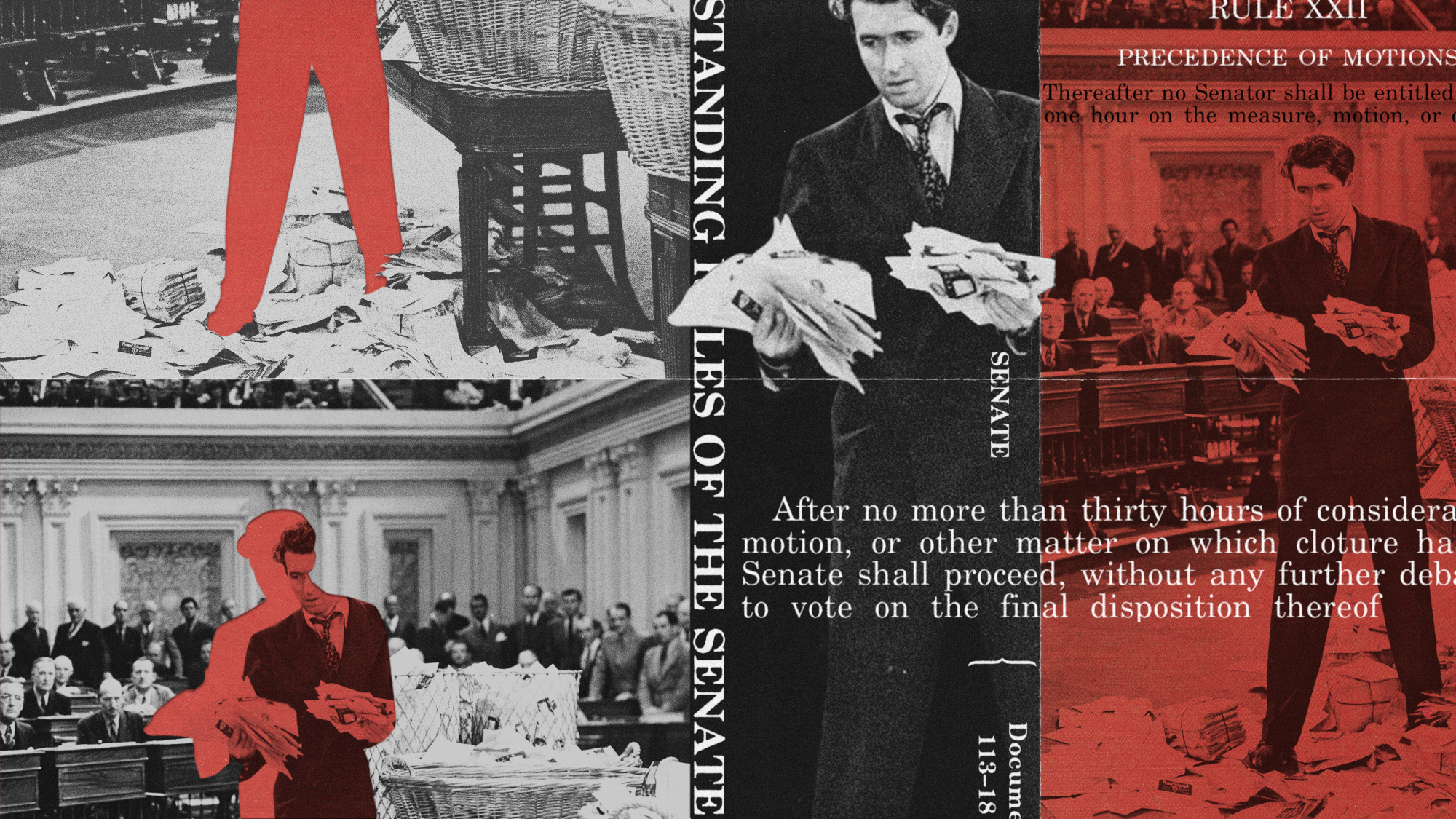 Will Republicans kill the filibuster to end the shutdown?
Will Republicans kill the filibuster to end the shutdown?Talking Points GOP officials contemplate the ‘nuclear option’
-
 Millions turn out for anti-Trump ‘No Kings’ rallies
Millions turn out for anti-Trump ‘No Kings’ ralliesSpeed Read An estimated 7 million people participated, 2 million more than at the first ‘No Kings’ protest in June
